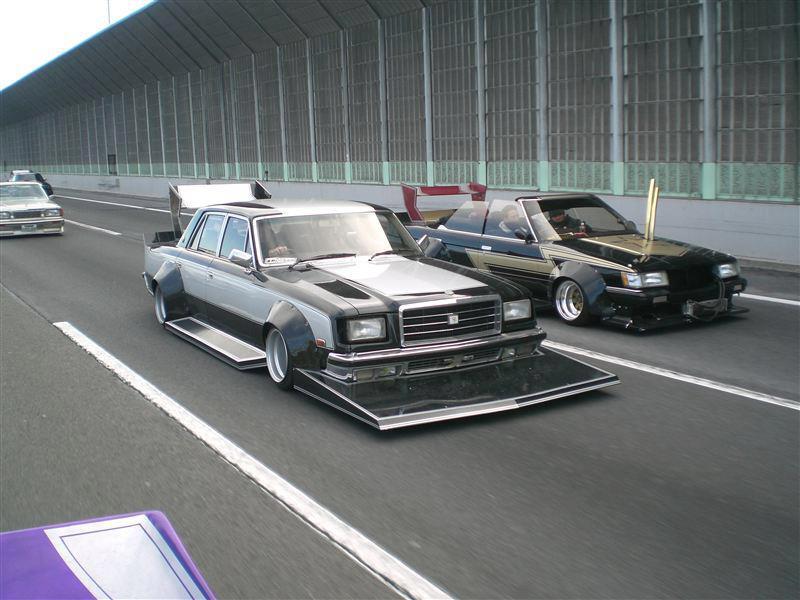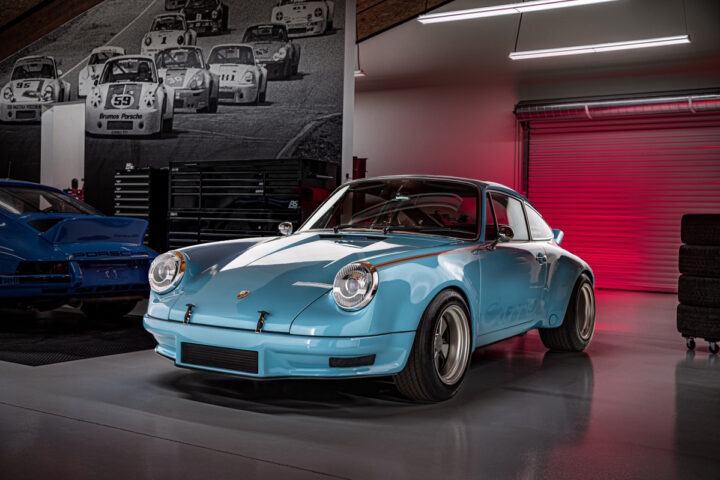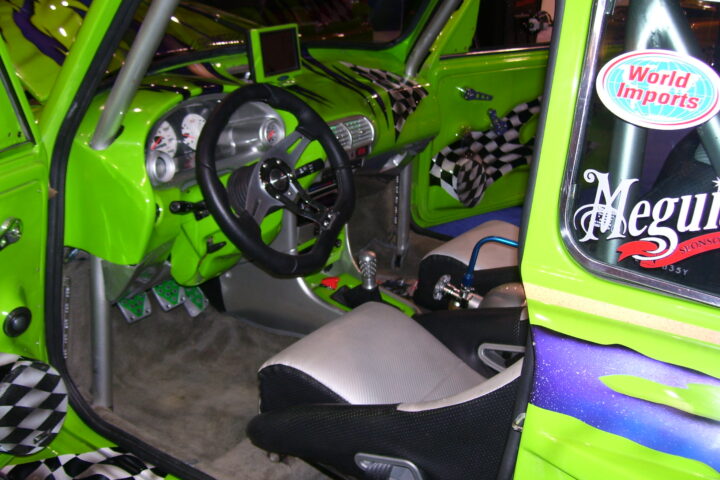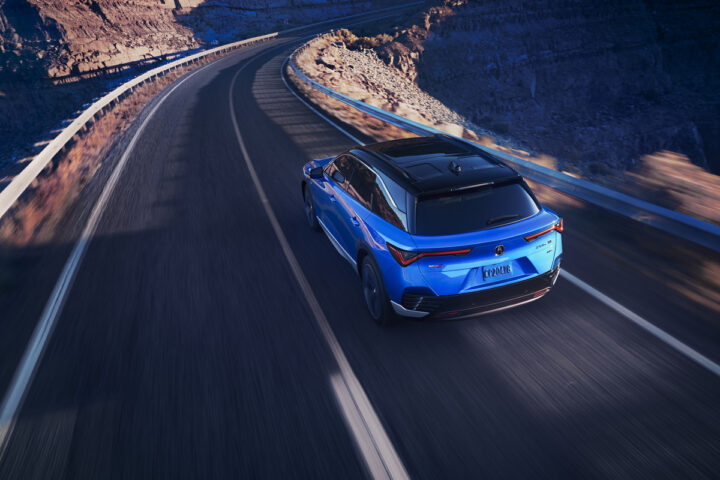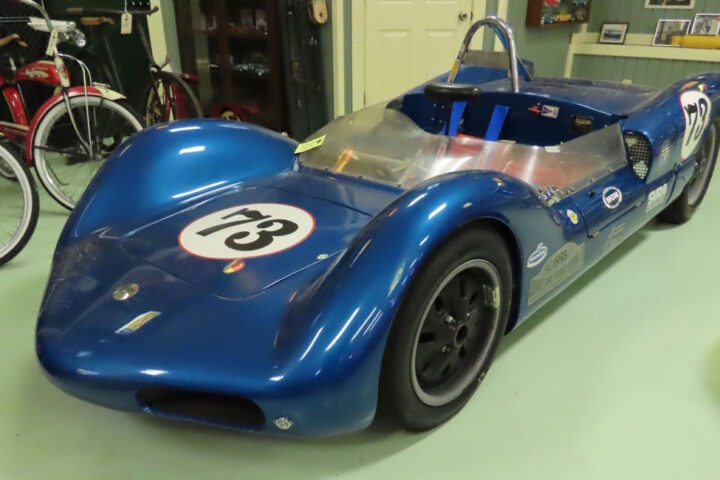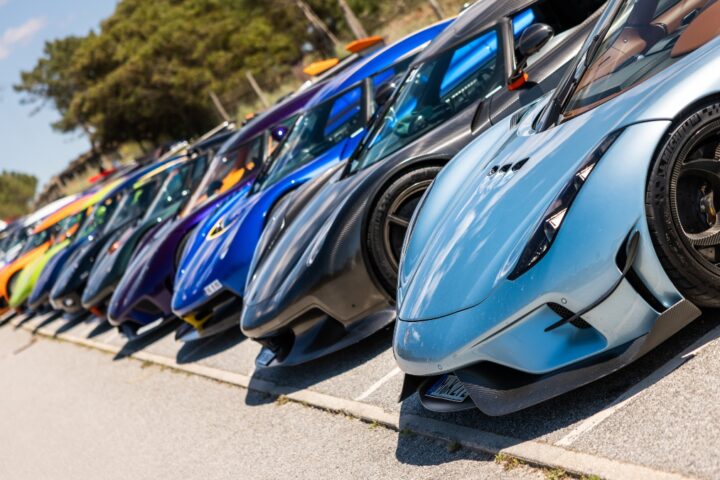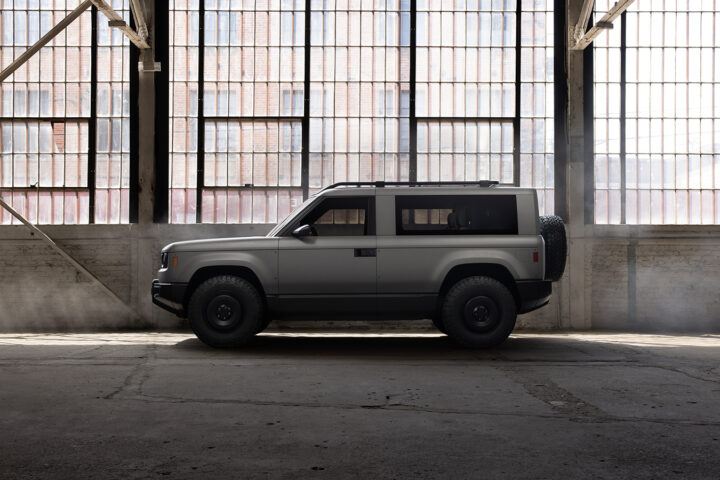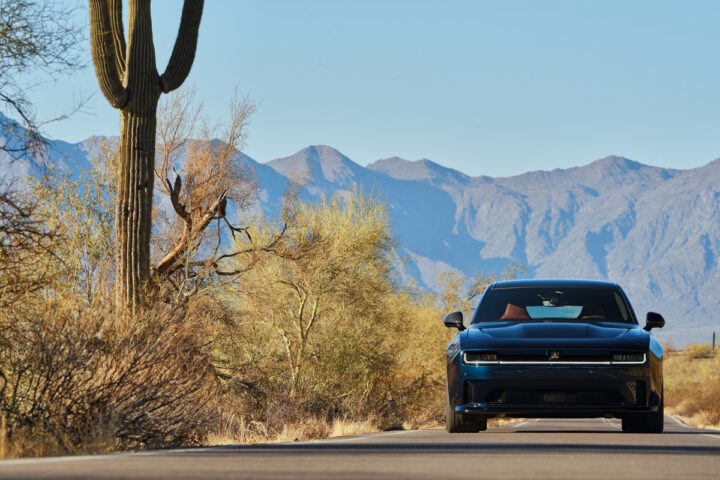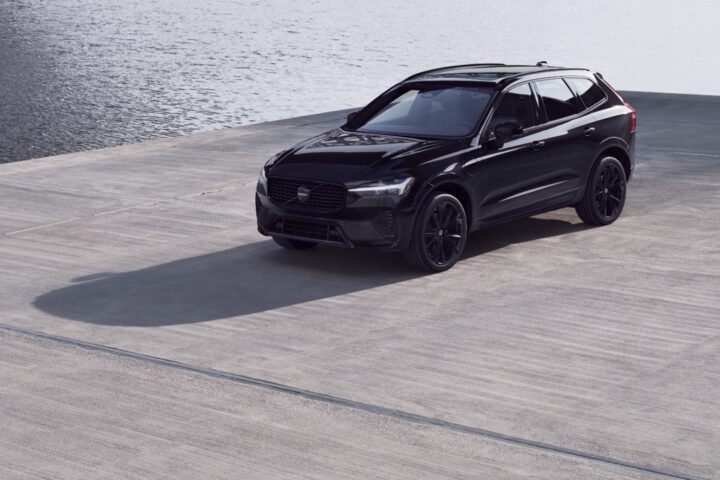When you think of rebellious youth subcultures, images of leather jackets, tattoos, and roaring motorcycles often come to mind. Japan, however, has its own unique spin on this archetype: the Bosozoku Car clubs (literally “violent running tribe”). Once synonymous with outlaw biker gangs, the term has expanded in modern times to encapsulate a bold and eccentric automotive style that merges nostalgia, rebellion, and art.
Bosozoku car culture emerged in Japan during the 1950s, initially as motorcycle gangs who reveled in flouting authority and embracing an outlaw identity. These early Bosozoku members drew inspiration from American biker culture but injected it with uniquely Japanese sensibilities. They rode modified bikes with loud exhausts, daringly aggressive paint jobs, and elongated seats, often parading through city streets in defiance of societal norms. Over time, as crackdowns on biker gangs increased, the movement evolved, taking its rebellious energy and transferring it to another beloved medium: cars.
The Bosozoku car style is as much an artistic statement as it is a reflection of a subcultural ethos. In many ways, it is an evolution of the country’s fascination with motorsport, particularly the Group 5 “Special Production” cars of the 1970s and 1980s. These race cars were known for their wide-body kits, oversized spoilers, and dramatic flares—a look that became iconic on tracks across Japan. Bosozoku car enthusiasts took these racing aesthetics and cranked the volume to eleven, creating vehicles that appear more like moving sculptures than functional cars.
Defining the Look
At first glance, a Bosozoku car might seem chaotic. It’s an unapologetic assault on traditional automotive design principles. Massive front splitters extend precariously forward, while towering rear wings rival the height of the car itself. Custom exhaust pipes—sometimes styled to resemble musical horns or shooting stars—jut out at impossible angles. Vibrant paint jobs, ranging from metallic purples to pastel pinks, are often paired with bold decals and kanji script.
The hallmark of Bosozoku car aesthetics is its deliberate exaggeration. Where mainstream car modification leans toward subtlety and performance improvements, Bosozoku is loud, flamboyant, and defiantly impractical. The wheels might be comically cambered, to the point where the tires barely touch the road, and the interiors are often a cacophony of neon lights, tassels, and vintage racing paraphernalia.
But this style is not just a random hodgepodge of parts; it’s a love letter to Japan’s racing heritage. Many modifications harken back to the golden era of Japanese motorsport, referencing iconic machines like the Nissan Skyline GT-R, Toyota Celica, and Mazda RX-7. The exaggerated body kits and retro touches pay homage to these legends while adding a uniquely Bosozoku car flair.
Art Meets Rebellion
What makes Bosozoku so compelling is its status as a form of cultural rebellion. In Japan, where conformity and order are highly valued, Bosozoku’s audacious designs and in-your-face attitudes stand out as acts of defiance. For young people feeling stifled by societal expectations, this style offers a means of self-expression and individuality.
Yet, the Bosozoku movement is not purely about rebellion. It’s also deeply rooted in community and craftsmanship. Enthusiasts often spend countless hours—and yen—building their dream machines, sourcing rare parts, and collaborating with fellow enthusiasts. These cars, though unconventional, are labors of love that reflect their builders’ personalities and passions.
Public perception of Bosozoku has softened in recent years. While the biker gangs of the past were often viewed as nuisances or outright criminals, the car culture is now appreciated as an art movement. Younger generations have embraced Bosozoku aesthetics, adapting them to modern trends and integrating them into global car culture. Social media platforms like Instagram and YouTube have played a significant role in bringing this niche style to international audiences, inspiring similar subcultures in countries as far afield as the United States and Australia.
Beyond the Car
Bosozoku is more than just a car or bike style; it’s an entire lifestyle. Members often wear matching jumpsuits—inspired by tokkōtai (kamikaze pilot) uniforms—adorned with kanji slogans that convey their values and affiliations. Their gatherings, known as “dekaisha,” are boisterous displays of camaraderie, complete with parades of their customized vehicles, roaring engines, and an almost theatrical sense of pageantry.
Music also plays a key role in the culture. Traditional enka ballads, which evoke themes of melancholy and resilience, are often paired with high-energy rock and punk influences. This eclectic mix reflects the multifaceted nature of Bosozoku itself: a blend of the old and the new, the traditional and the avant-garde.
The Global Impact
As Japan’s Bosozoku car scene continues to evolve, it has begun to leave an indelible mark on global car culture. Car enthusiasts around the world are experimenting with exaggerated body kits, custom exhausts, and flamboyant paint schemes. Even high-profile automotive events like SEMA in Las Vegas have featured Bosozoku-inspired builds, showcasing the style’s growing influence.
However, the movement’s global rise has sparked debates about authenticity. For many purists, Bosozoku is deeply tied to its Japanese roots and cultural context. While international interpretations are welcomed, there’s a sense that something gets lost in translation when the style is removed from its original environment.
The Future of Bosozoku
As Japan’s cities grow denser and regulations on vehicle modifications tighten, the Bosozoku car scene faces challenges. Yet, its spirit of rebellion and creativity continues to thrive. Modern interpretations often blend traditional elements with futuristic touches, such as LED accents and electric drivetrains, ensuring that Bosozoku remains relevant in an ever-changing automotive landscape.
Ultimately, the Bosozoku car is a testament to the power of individuality and the enduring appeal of pushing boundaries. Whether viewed as an art form, a subculture, or a defiant roar against conformity, it’s clear that the “violent running tribe” is here to stay—roaring exhausts, towering wings, and all.
Photos Courtesy of bosozokustyle.com

